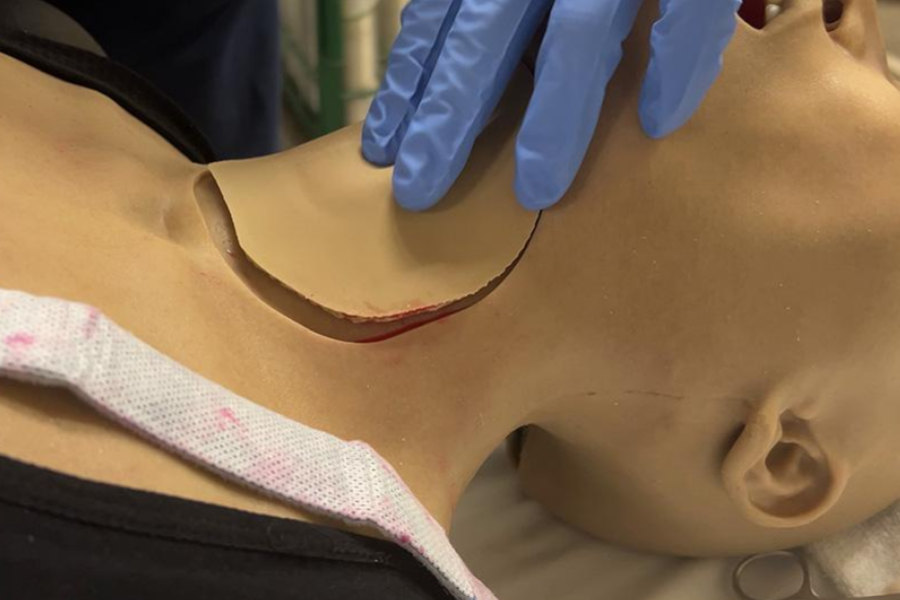In emergency medicine, realism matters. Simulated training tools often fall short when it comes to replicating the feel and behavior of actual human tissue. Researchers at the University of Minnesota have developed a new 3D printing method that creates lifelike tissue models designed to improve hands-on medical training. These printed tissues mimic the mechanical properties of skin and organs, including directional strength and bleeding behavior, offering a more accurate experience for trainees.
The innovation uses anisotropic voxel structures and embedded fluid capsules to simulate how real tissue responds to pressure, cutting, and manipulation. When sliced, the capsules release a blood-like fluid, enhancing the realism of surgical simulations. The printed models can be customized to represent different anatomical regions, and a mathematical model helps predict how the tissue will behave based on its structure and materials.
Early testing with paramedics showed that the printed tissue provided better tactile feedback than conventional models. Users reported that the material felt more natural and responded more realistically to surgical tools. This feedback is especially valuable for training in rare or high-risk procedures where real-world experience is limited.
The research team plans to expand the technology to include more organ types and materials compatible with surgical instruments like electrocautery. They also aim to improve the bleeding simulation and durability of the models for repeated use. By offering a scalable and customizable solution, this method could reduce reliance on animal tissue and cadavers, making medical training more accessible and ethical.
This development represents a significant step forward in medical education. It combines engineering, materials science, and clinical insight to create tools that better prepare healthcare professionals for real-world scenarios. As the technology advances, it may also support remote training and simulation-based certification programs, helping to standardize care across diverse healthcare settings.
Article from the University of Minnesota: Researchers created 3D-printed simulated human tissue for medical training
Abstract in Science Advances: 3D printed anisotropic tissue simulants with embedded fluid capsules for medical simulation and training

